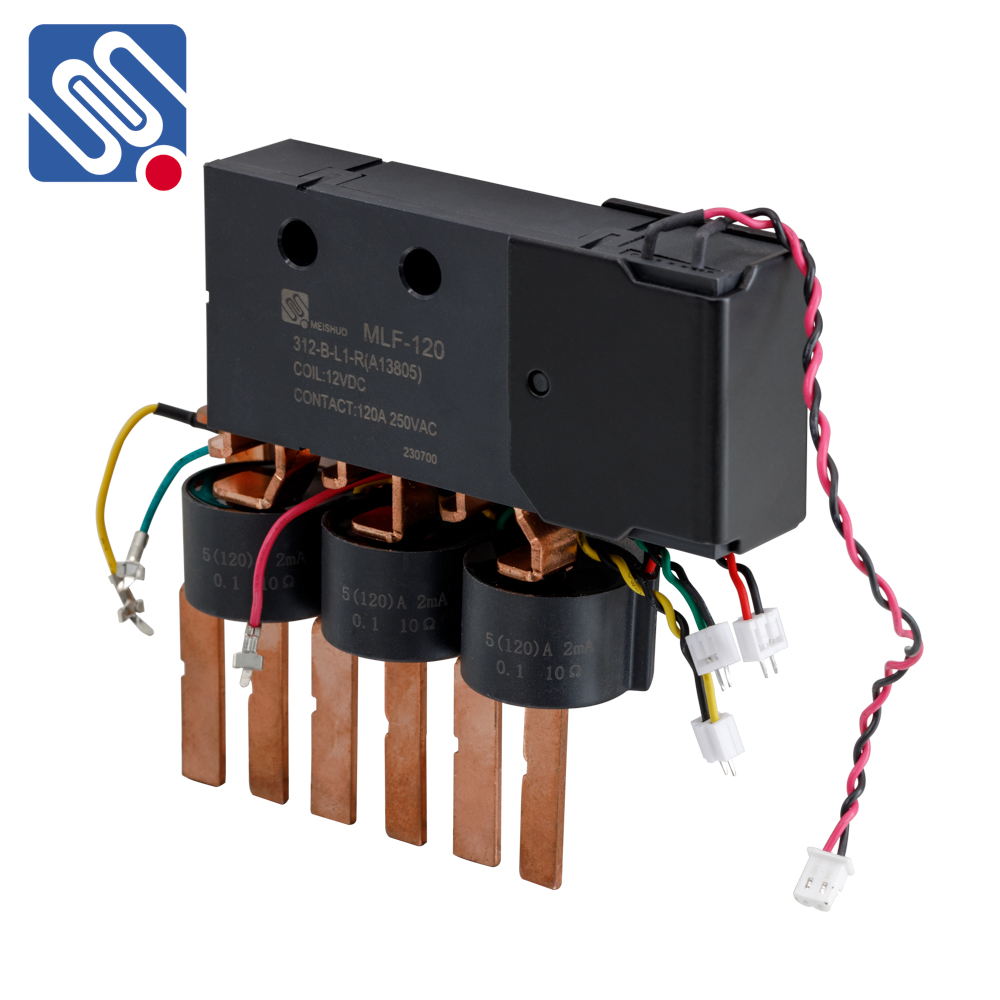Relay assembly plays a critical role in modern electronics, serving as a fundamental component in controlling and regulating electrical circuits. Relays are electromechanical devices used to open or close a circuit, allowing low-voltage control systems to operate higher voltage or current devices. This ability to switch large amounts of power with a small signal is essential in a wide range of applications, from simple household devices to complex industrial machinery. Understanding the process of relay assembly and its significance in various applications can help to better appreciate its contribution to the reliability and efficiency of modern electronic systems.

What is Relay Assembly? A relay is essentially an electrically operated switch that consists of several components: an electromagnet, a movable armature, contacts, and a spring. When an electric current flows through the coil (electromagnet), it creates a magnetic field that pulls the armature toward the coil. This motion either opens or closes the contacts, allowing current to flow or interrupting the flow of electricity in the connected circuit. Relay assembly refers to the process of assembling these individual components into a functional relay. The assembly requires careful attention to the placement and alignment of each component to ensure that the relay operates correctly. Depending on the complexity of the relay, it may also include additional features such as multiple contact sets, specialized enclosures, or protection mechanisms for reliability and longevity.